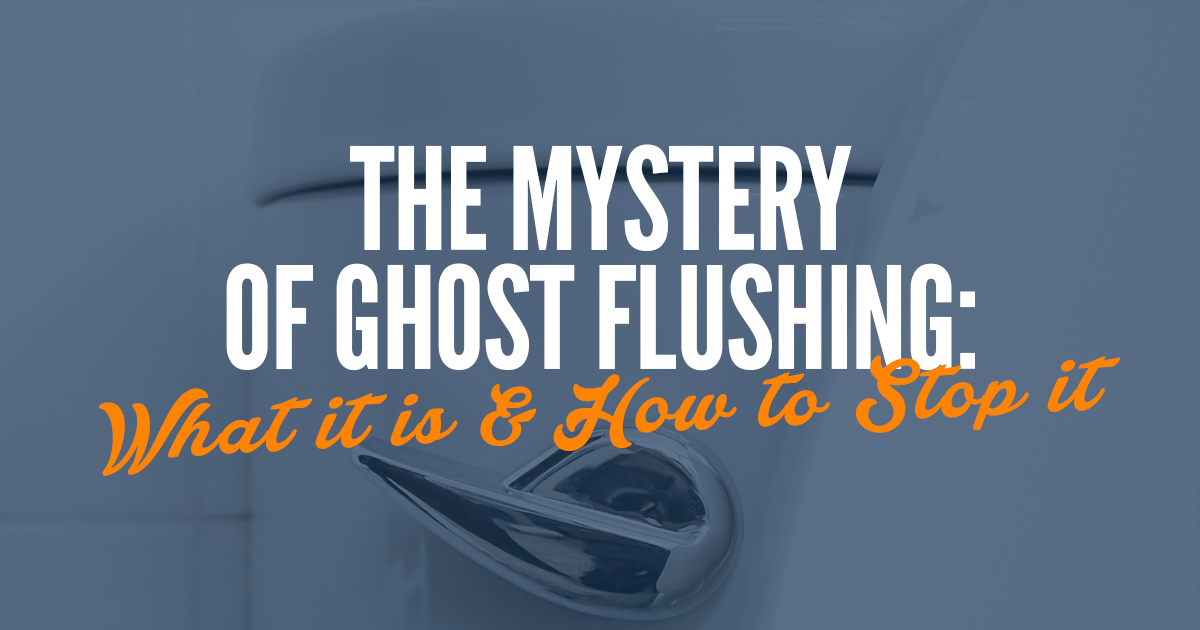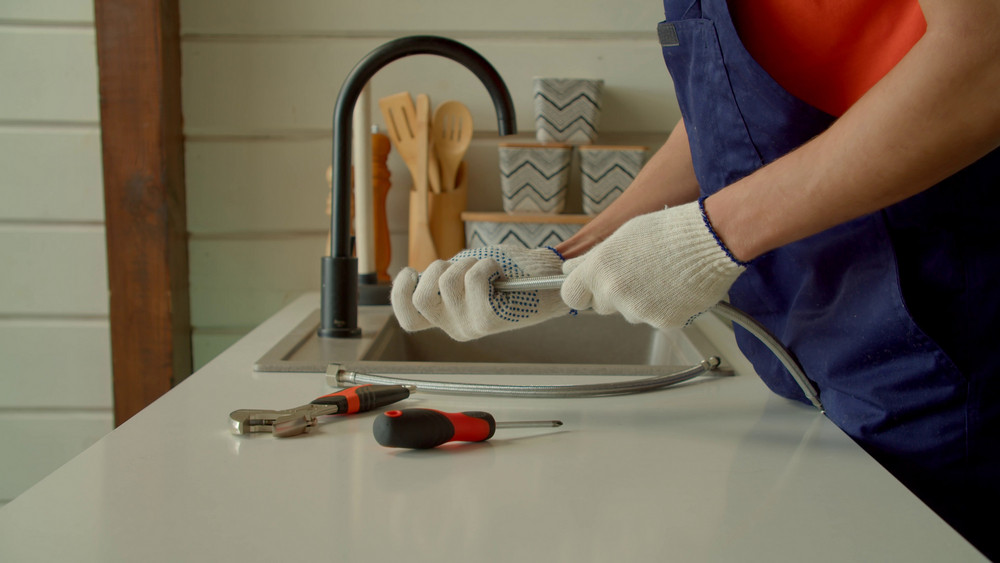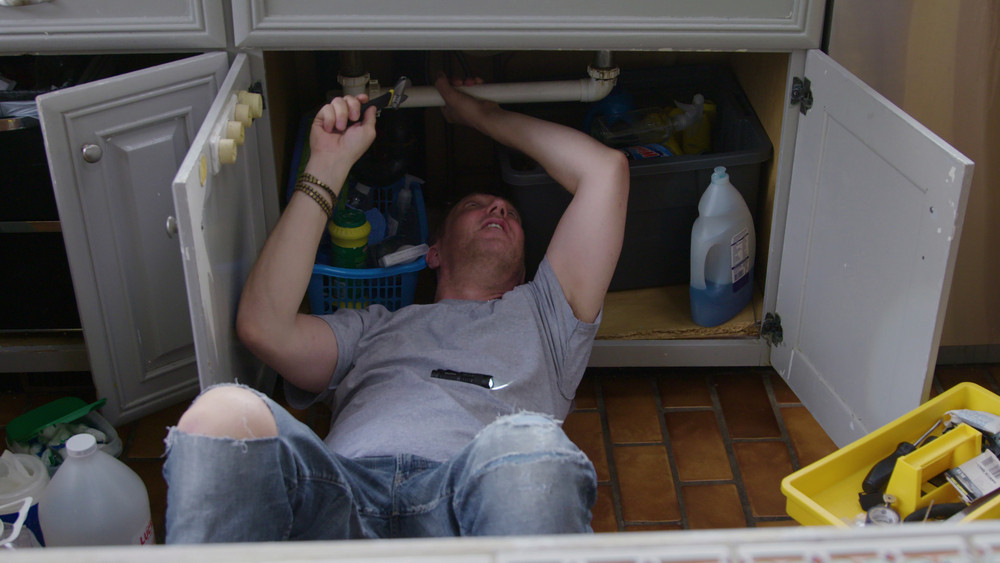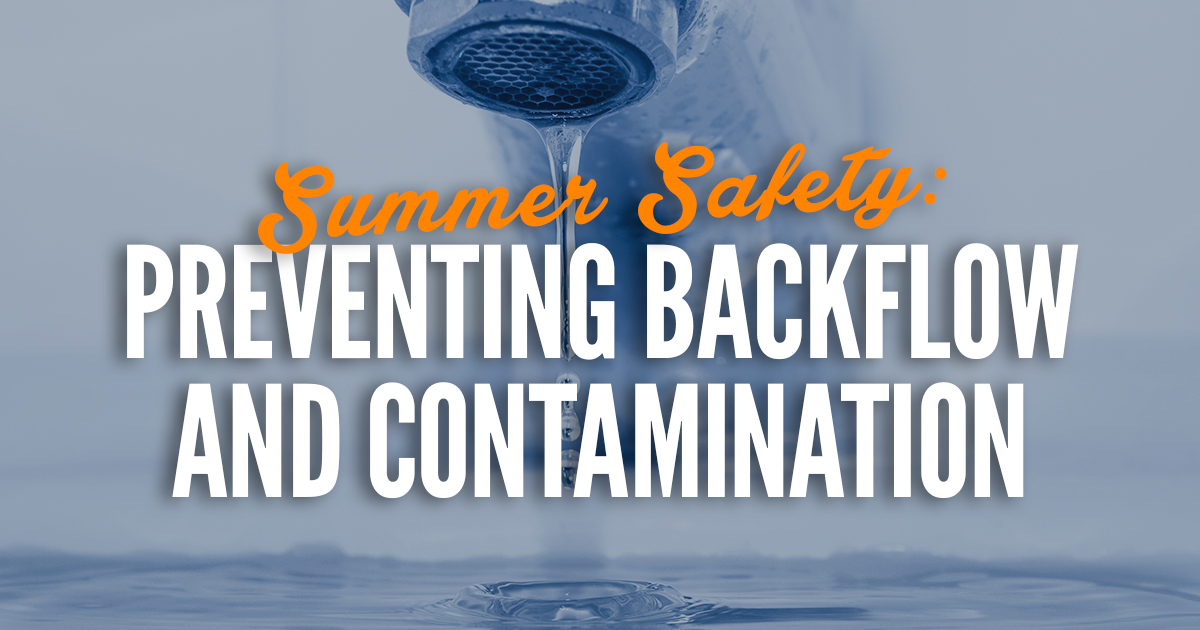Living in Santa Maria, California, where the sun shines bright and the coastal breeze whispers through the air, the last thing you expect to be haunted by is your toilet. But for some homeowners, a phantom menace lurks in their bathrooms: the dreaded ghost flush. You might be relaxing after a day enjoying the Santa Maria Valley wine country, when suddenly, you hear the faint gurgle of your toilet refilling… even though no one has used it. It’s a subtle sound, almost like a ghostly sigh, hence the name “ghost flushing.” While it might seem like a minor annoyance, this phantom activity can waste a surprising amount of water, a precious resource here in California, and potentially signal a bigger problem brewing within your toilet tank.
So, what exactly is ghost flushing, and more importantly, how can you banish this watery specter from your Santa Maria home? Let’s dive into the plumbing mysteries.
What Causes Ghost Flushing?
First things first, what even causes ghost flushing? Ghost flushing isn’t the work of actual spirits (sorry, paranormal enthusiasts!). Instead, it’s usually caused by a slow leak within your toilet tank. Here’s a breakdown of the most common culprits:
- The Flapper: This bottom tank stopper creates a watertight seal. If it warps, cracks, stiffens, or gets mineral buildup, it won’t seal properly, causing slow leaks into the bowl and triggering refills.
- The Flush Valve Seat: The flapper needs a smooth, clean surface to seal against. Corrosion, scratches, or mineral buildup on this seat (the flapper’s contact point) prevent a tight seal.
- The Overflow Tube: This vertical pipe prevents tank overflows from a faulty fill valve. However, if the tank’s water level is consistently too high (often due to fill valve issues), water can trickle down it, causing frequent refills.
- A Faulty Fill Valve: While not directly causing the bowl leak, a fill valve that doesn’t shut off properly can raise the water level too high, leading to drainage down the overflow tube and ghost flushing.
Think of it like a slow drip from a leaky faucet – seemingly insignificant at first, but it adds up over time, wasting precious water and potentially increasing your water bill, something we’re all mindful of here in California.
How to Stop the Phantom Flush?
Now for the good news: banishing the ghost flush is often a straightforward DIY project that can save you water and money right here in Santa Maria. Here’s a step-by-step guide to reclaiming your peaceful bathroom:
- Listen Closely: Pay attention to when the ghost flushing occurs and how frequently. This can give you clues about the severity of the leak.
- The Food Coloring Test: This is a simple but effective way to identify a flapper leak.
- Turn off the water supply to your toilet (usually a valve behind or to the side of the toilet).
- Flush the toilet to empty the tank.
- Add a few drops of dark food coloring to the tank water.
- Wait about 15-20 minutes without flushing.
- If you see colored water seeping into the toilet bowl, your flapper is likely the culprit.
- Inspect the Flapper:
- Turn off the water supply and flush the toilet.
- Examine the flapper for any visible signs of damage like cracks, warping, or stiffness.
- Feel the bottom of the flapper for any rough spots or mineral buildup.
- Try cleaning the flapper with a gentle brush and white vinegar to remove mineral deposits. If it’s old or damaged, replacement is usually the best solution.
- Check the Flush Valve Seat:
- With the tank empty, feel the surface of the flush valve seat. It should be smooth and free of any rough edges or buildup.
- Clean the seat with a non-abrasive pad or cloth. For stubborn buildup, you can try gently scrubbing with a mixture of vinegar and baking soda.
- Examine the Overflow Tube:
- Ensure the water level in your tank is sitting about 1-2 inches below the top of the overflow tube.
- If the water level is consistently higher, you’ll need to adjust your fill valve.
- Adjust the Fill Valve:
- Most fill valves have an adjustment mechanism (often a float that can be raised or lowered with a screw or clip).
- Lower the float slightly to reduce the water level in the tank.
- Flush the toilet and observe if the water stops filling below the overflow tube.
- Inspect the Fill Valve for Malfunctions:
- If adjusting the float doesn’t solve the issue of the water level being too high, the fill valve itself might be faulty and need replacement.
When to Call a Professional Plumber to Banish the Ghost Flushing
While many ghost flushing issues can be resolved with a little investigation and some basic DIY, there are times when it’s best to call a qualified plumber right here in the Santa Maria area (that’s us, by the way). These situations include:
- Persistent Ghost Flushing: If you’ve tried the troubleshooting steps above and the phantom flushing continues.
- Unidentified Leaks: If you suspect a leak elsewhere in the toilet system that you can’t easily identify.
- Complex Repairs: If you’re uncomfortable with any of the repair steps or if the problem seems more involved than a simple flapper replacement.
If you’re in Santa Maria or the surrounding areas, don’t hesitate to contact Griffin Plumbing for all your plumbing needs!
















